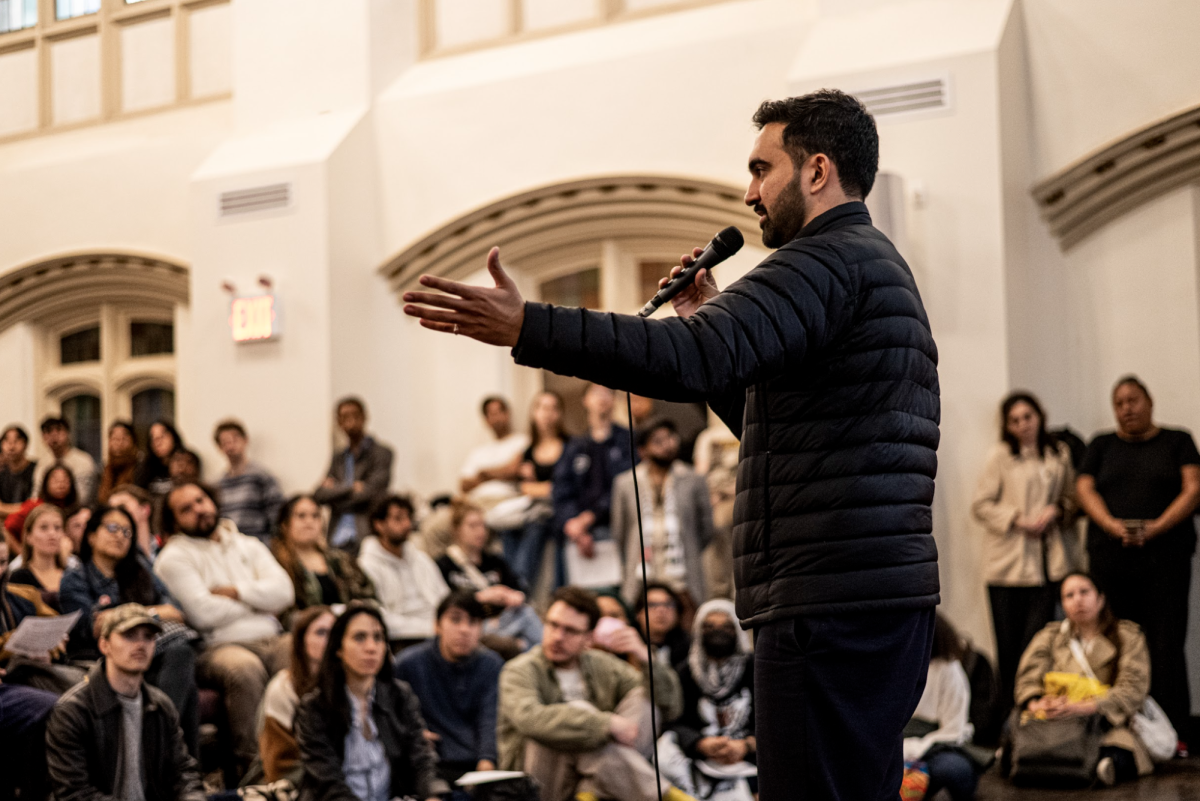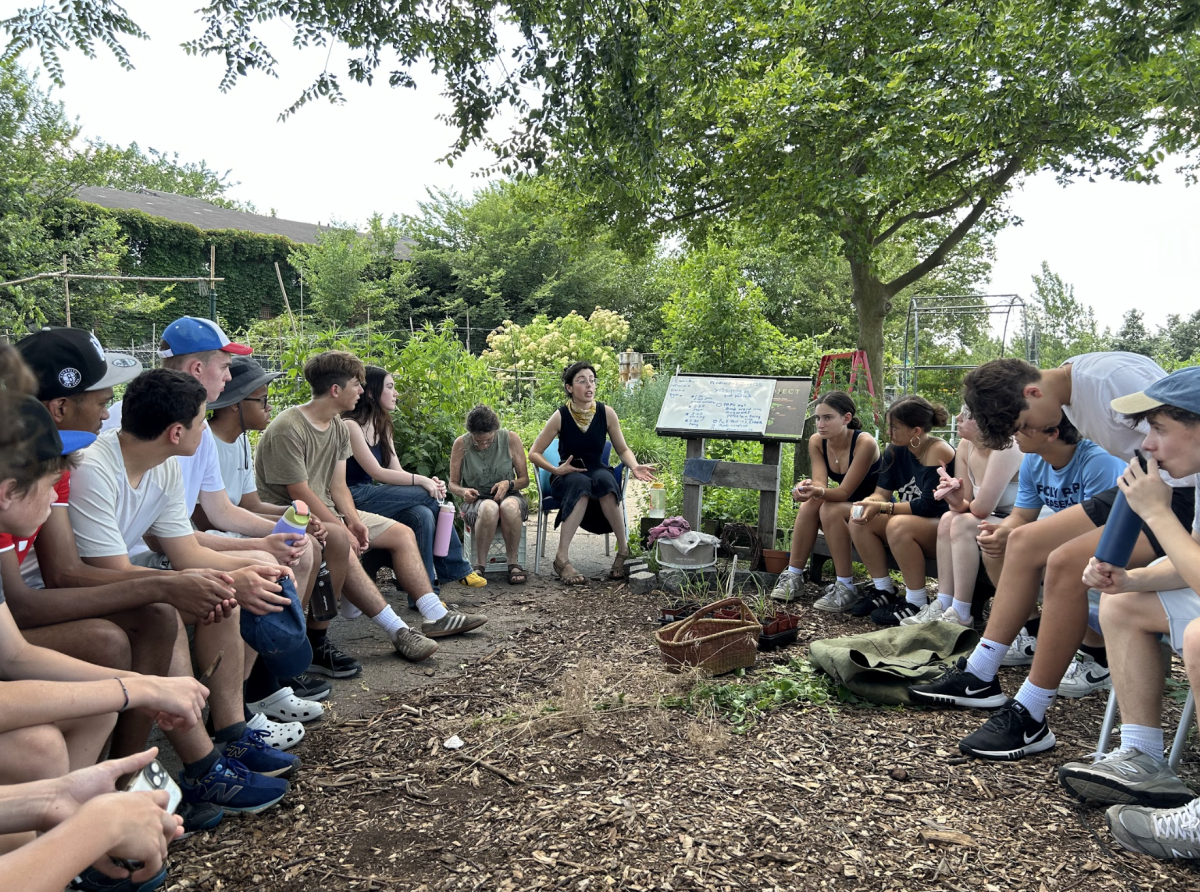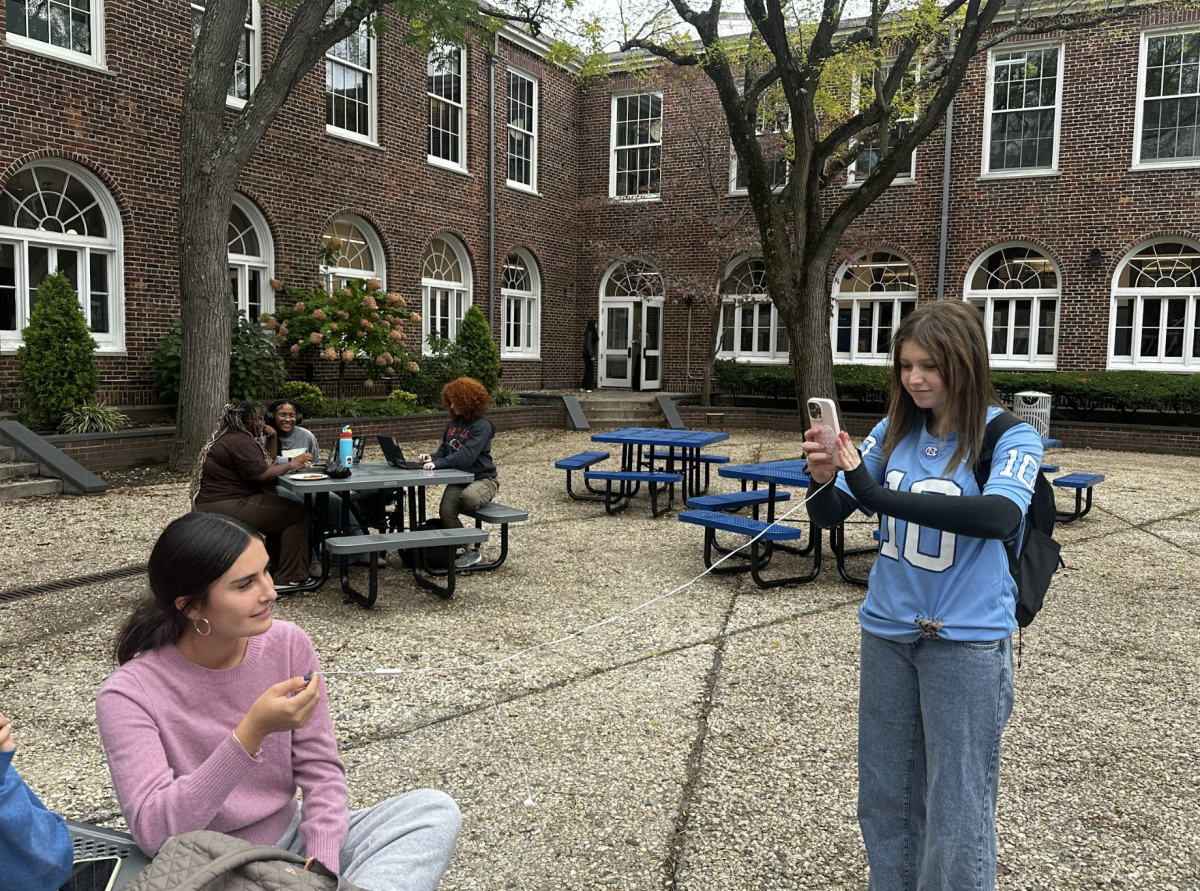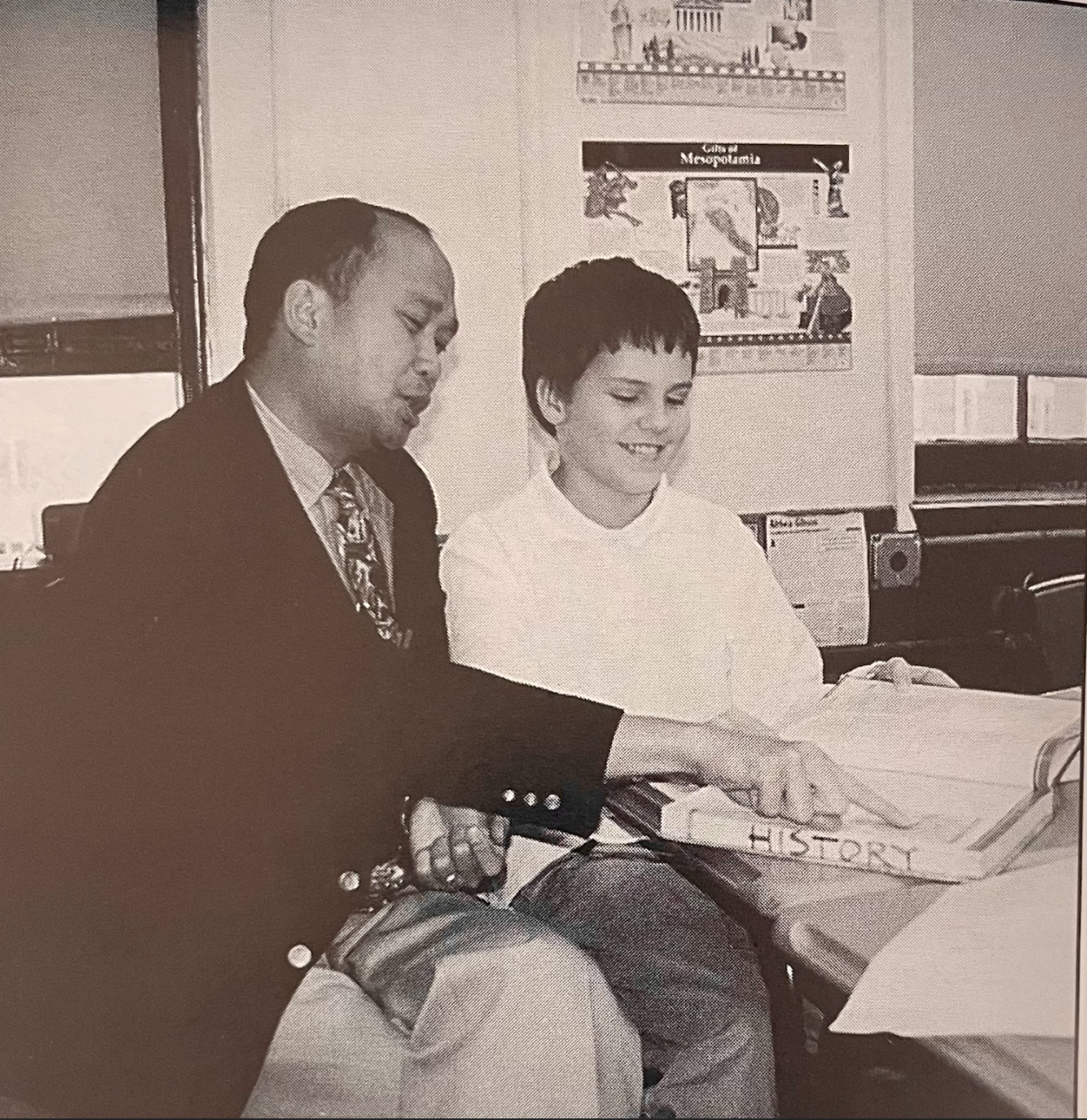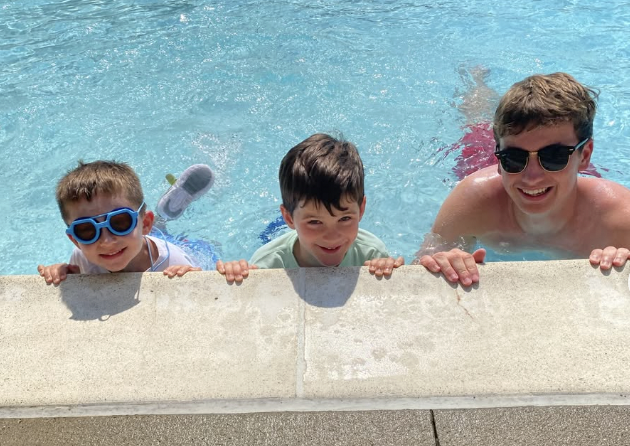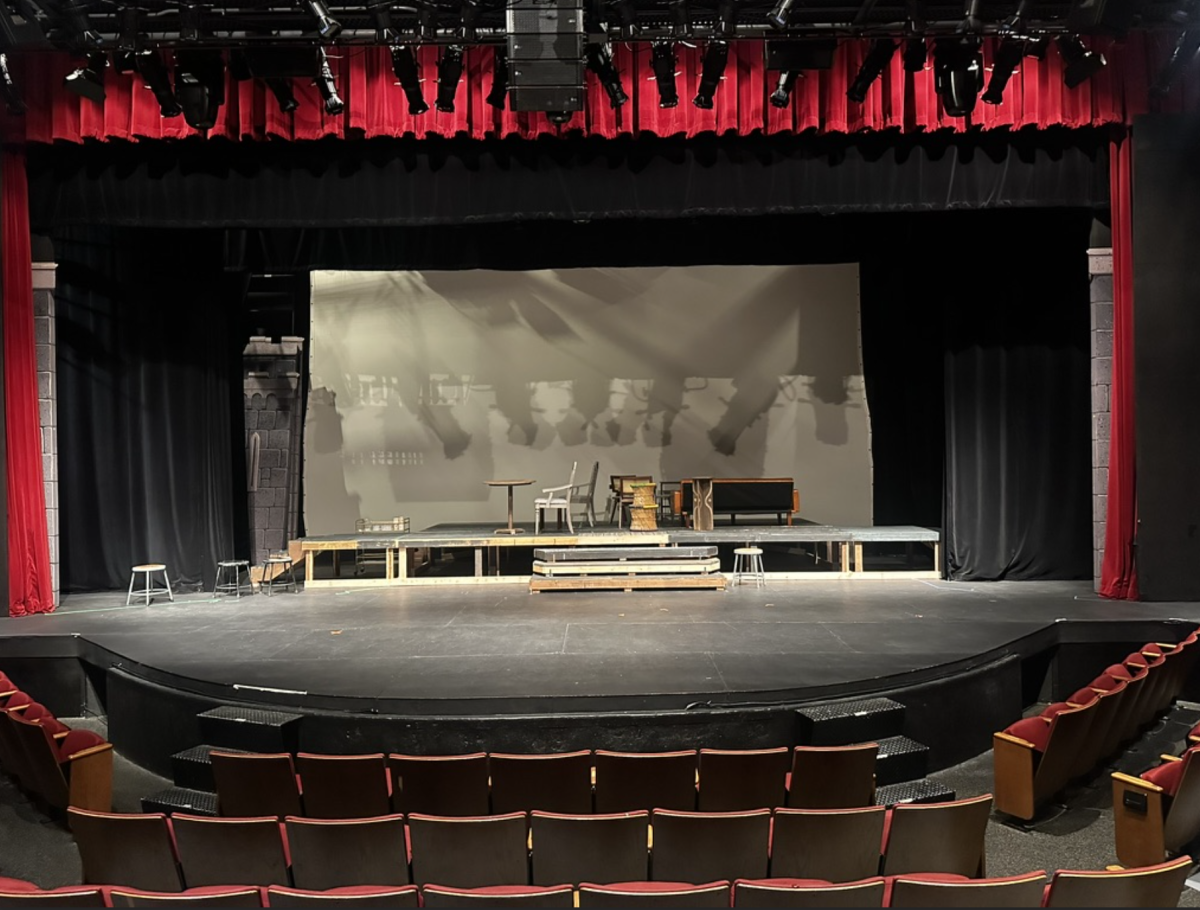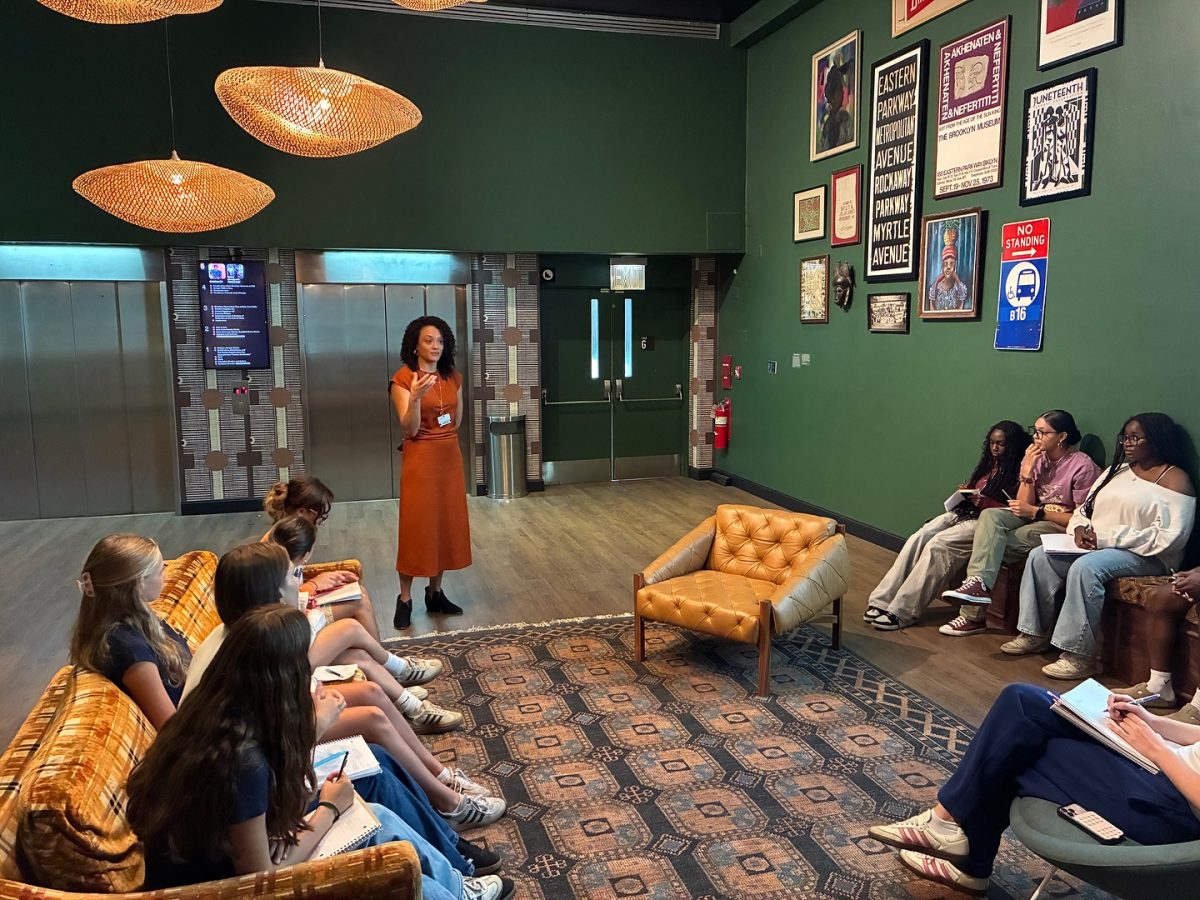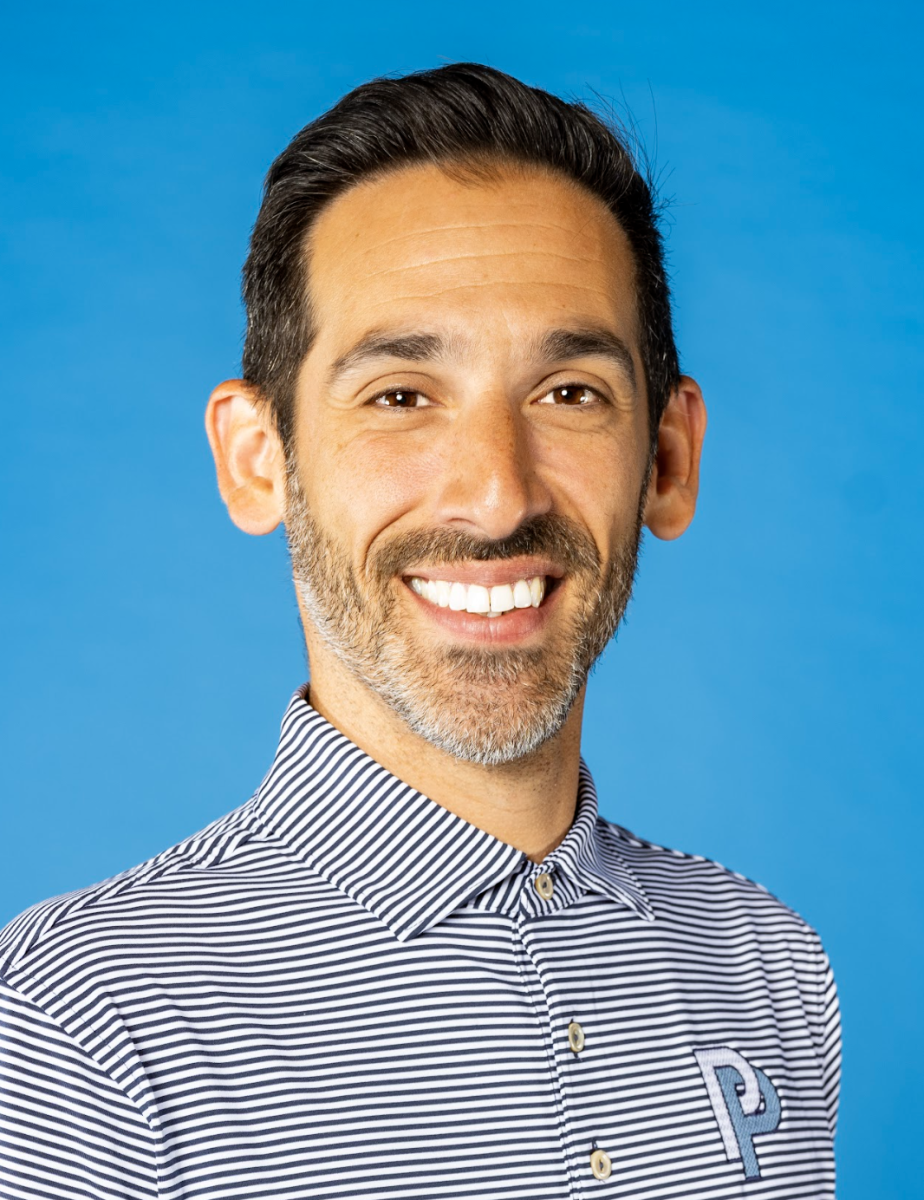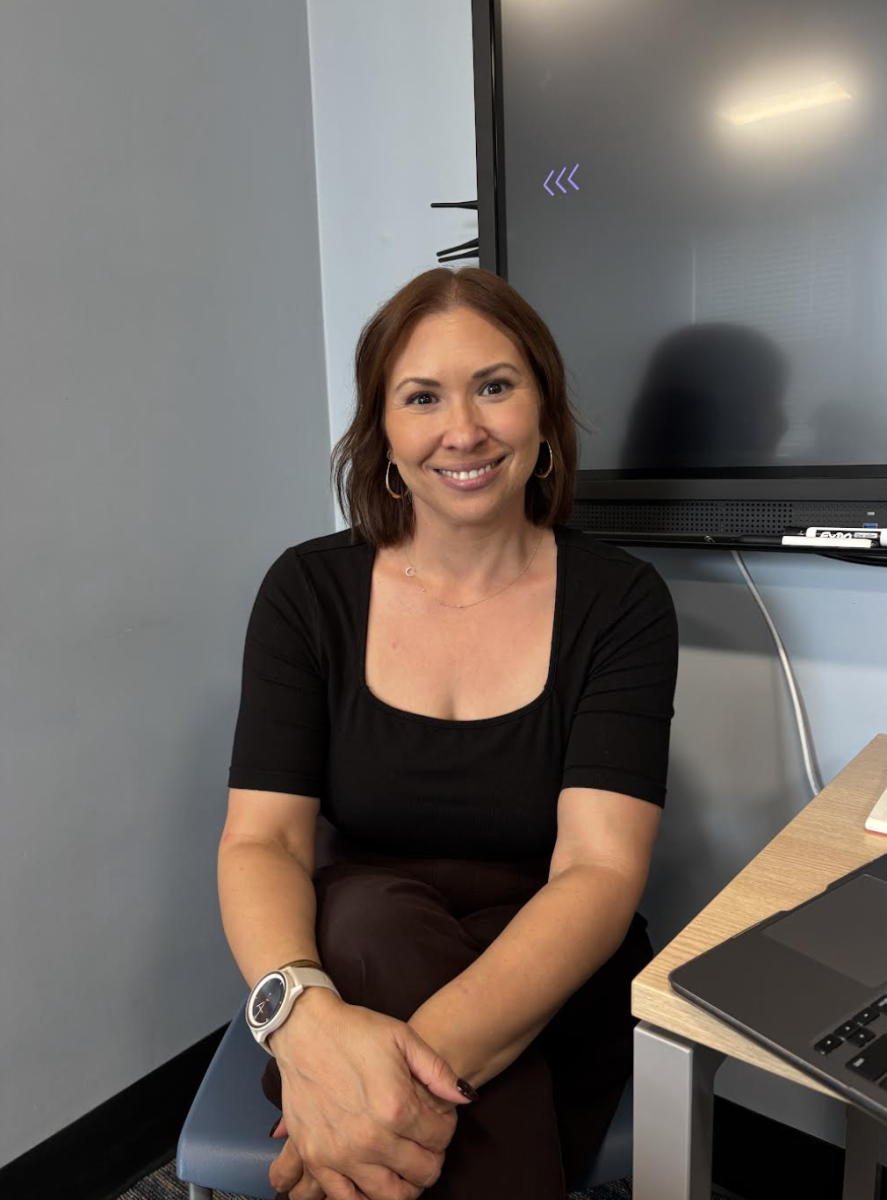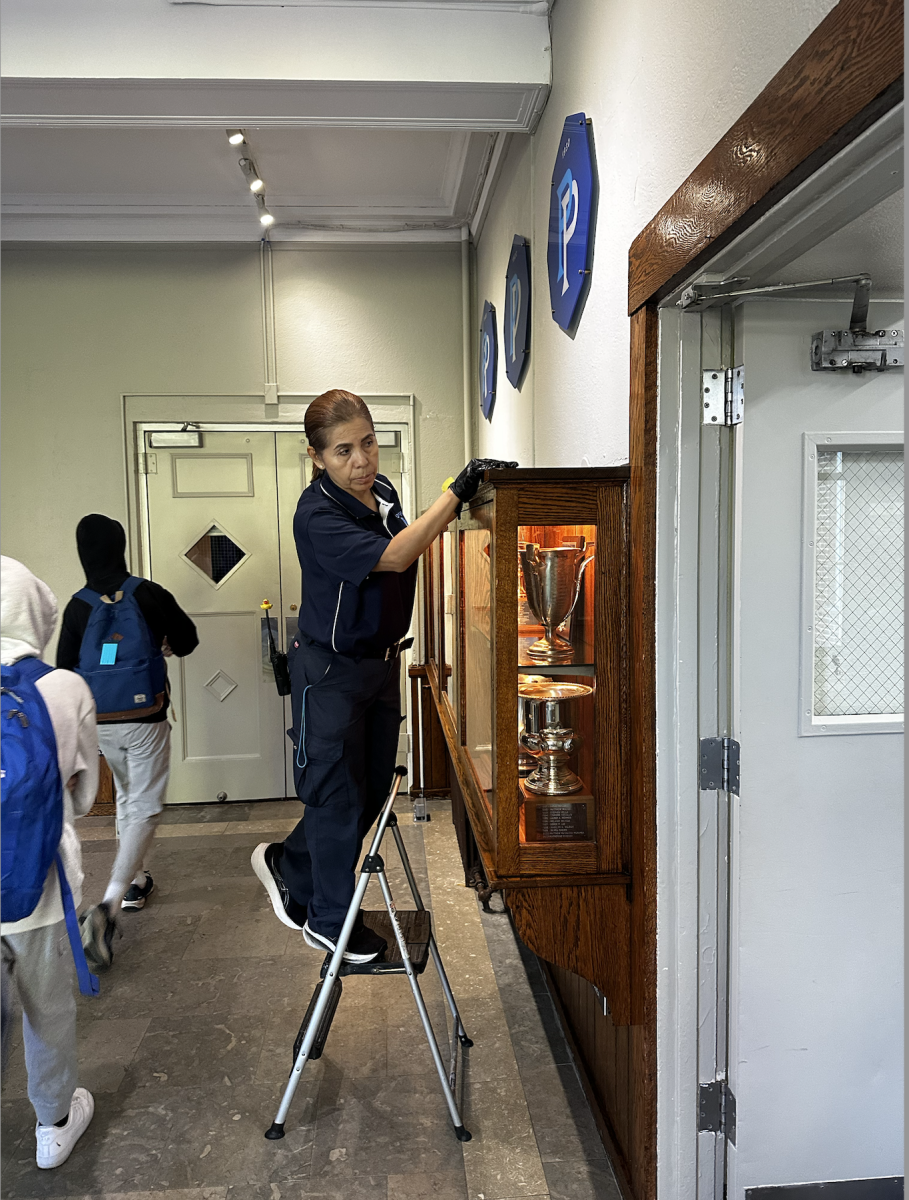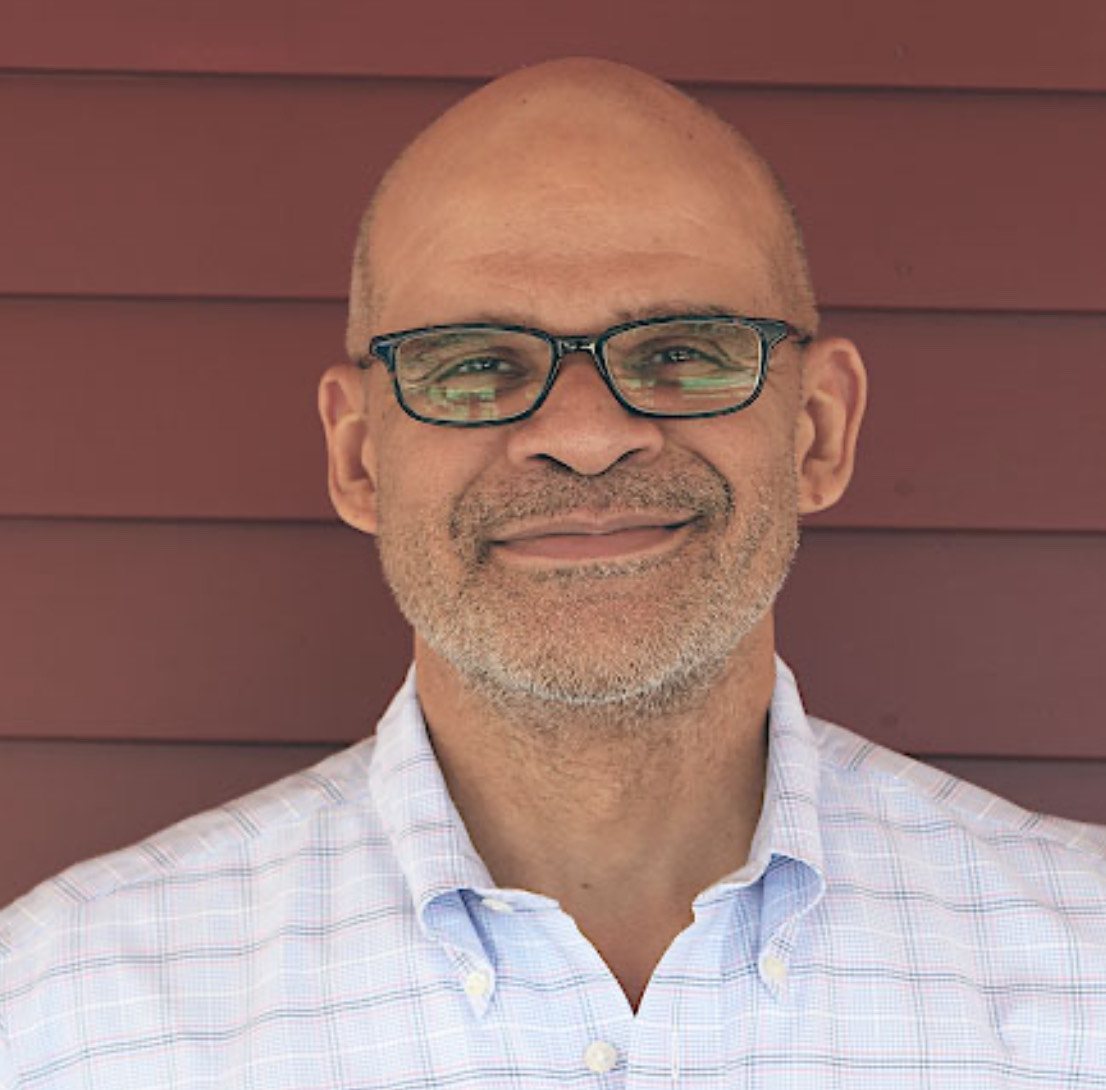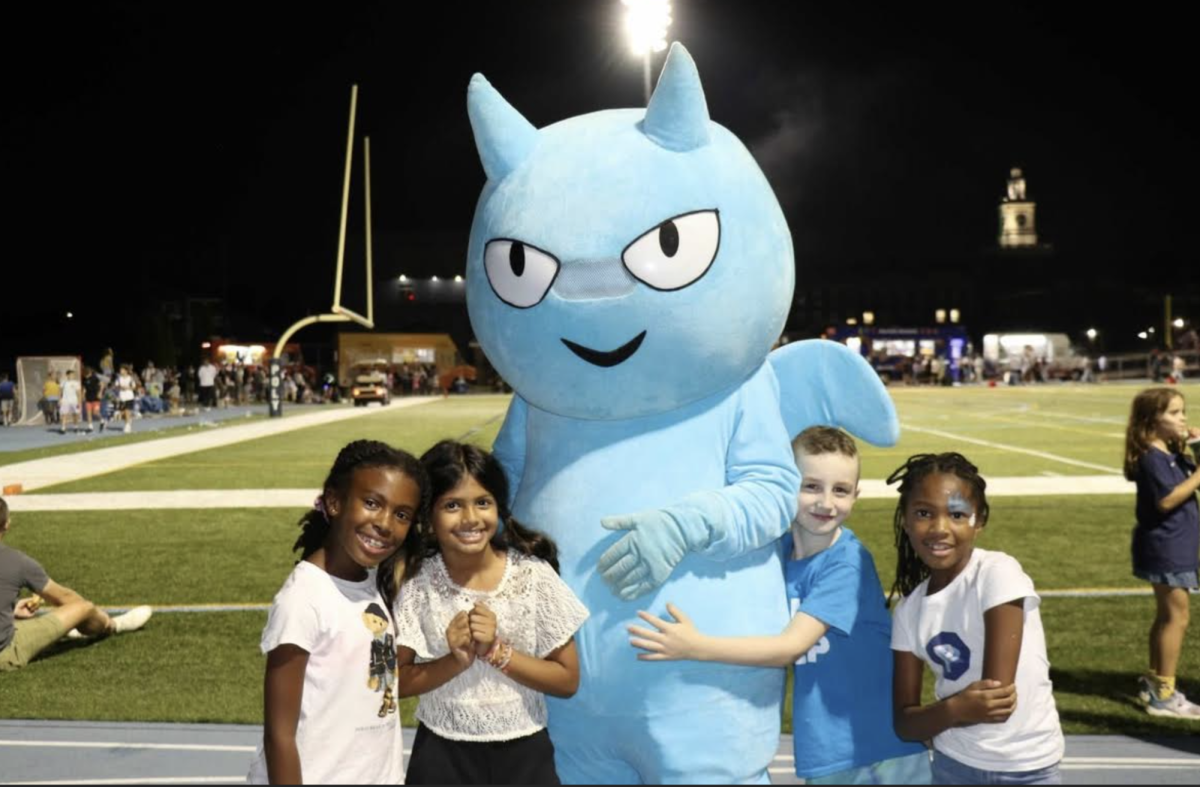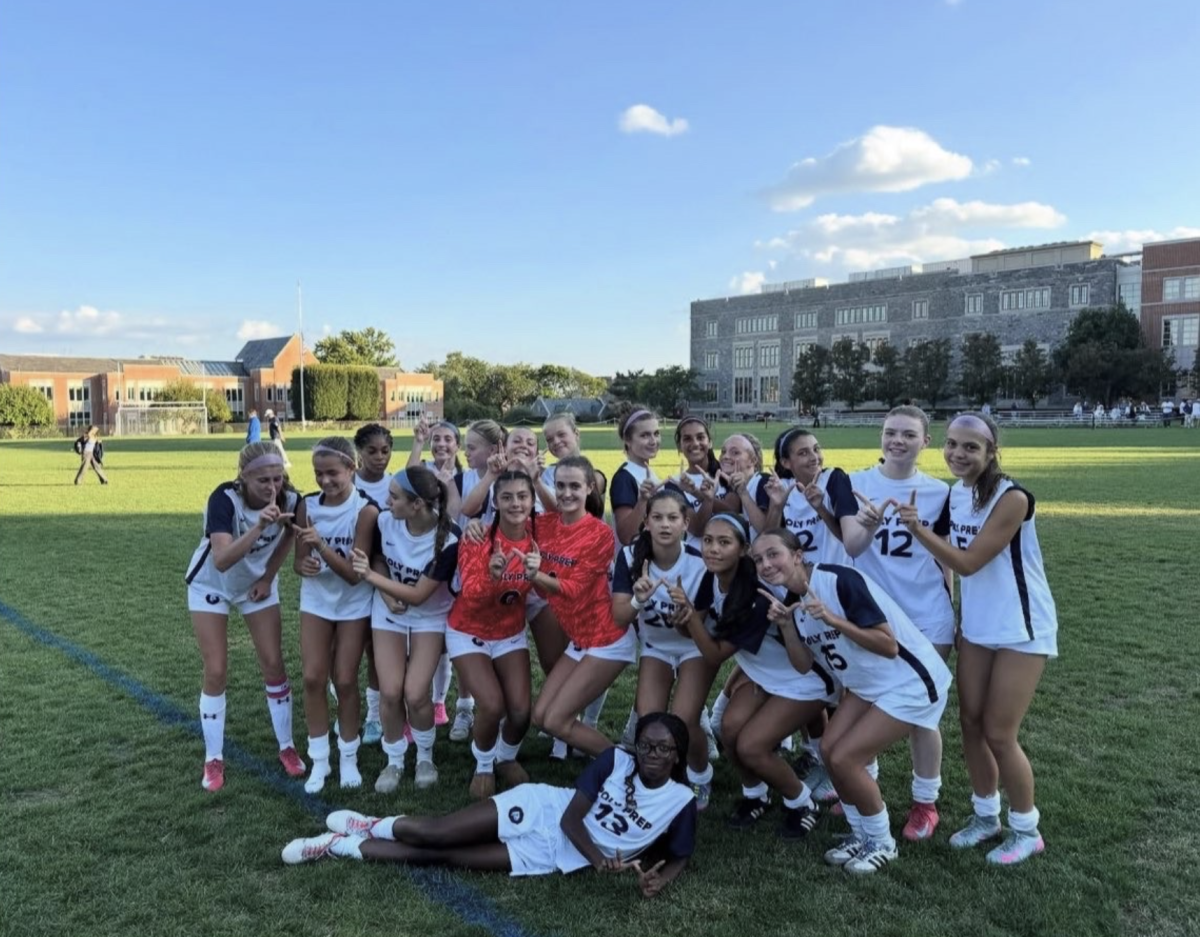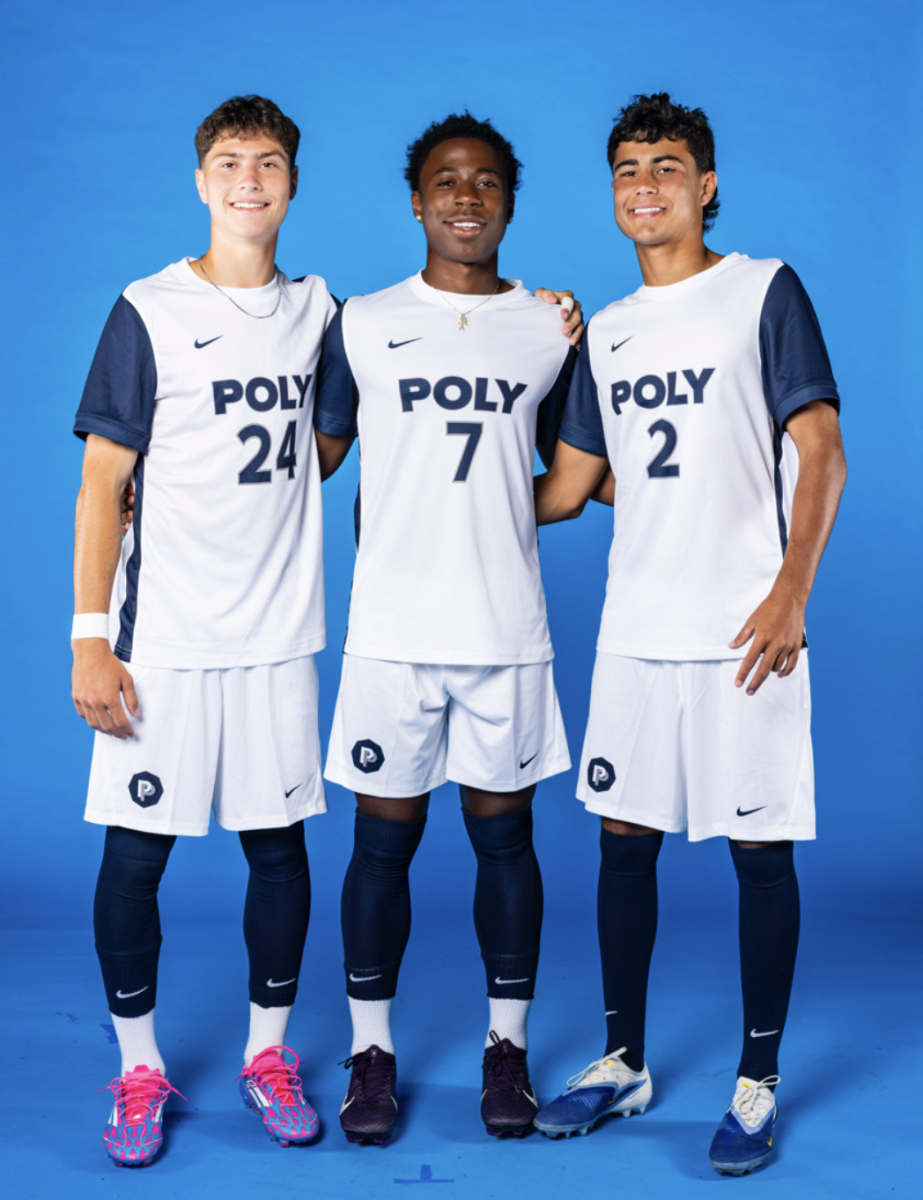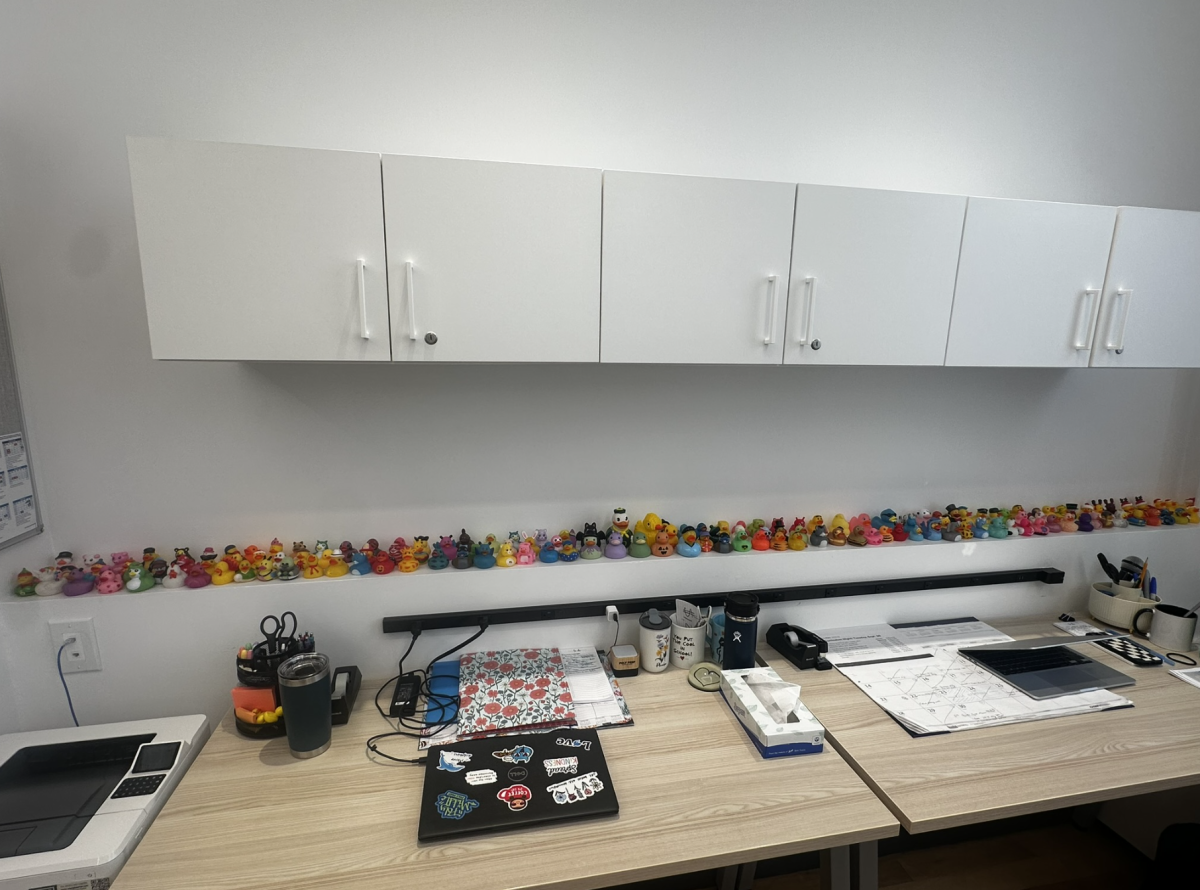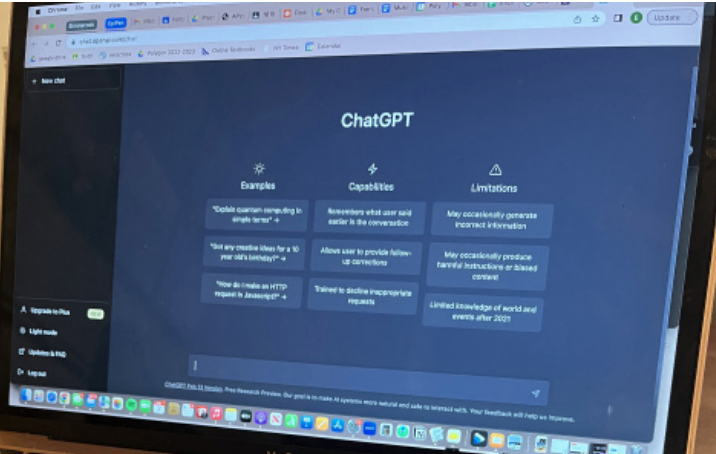The ChatGPT Craze: Faculty Are ‘Excited’ About the Future of AI Technology
April 4, 2023
ChatGPT, the generative artificial intelligence (AI) chatbot built on top of OpenAI’s Generative Pre-trained Transformer 3 (GPT-3) family of large language models, rocked the internet when it was released on November 30th of last year. ChatGPT’s model is backed by a large corpus of text consisting of the Internet and books. The bot is able to do a variety of things, from answering questions about the world to generating computer code and to writing letters, essays, and short stories.
School systems have already begun responding, with the NYC Department of Education blocking the chatbot in early January and then later reversing the decision at the end of the month. In contrast, Poly’s faculty and administration say they want to embrace the use of ChatGPT in the classroom as a learning tool while setting boundaries that uphold the school’s Honor Code.
GPT-3, despite its massive scale, is at its core quite simple. Using a vast statistical distribution of words and punctuation, the language model is able to make really good predictions for what should come after a piece of text. English Language Department Chair Peter Nowakoski said, “Although we know a lot about language—people have been thinking about languages as long as there have been people—we don’t really know how people produce language or why. We actually know how ChatGPT works because somebody wrote those rules.” It is also important to recognize that ChatGPT has no understanding of logic or truth: The software at times struggles to do basic arithmetic, will simply make up information about a subject if it doesn’t exist in its database, and will happily believe that two plus two makes five if you assert that that’s the case.
So how is the faculty responding? “We are excited actually,” said Michal Hershkovitz, assistant head of school. She, as well as other faculty, are deeply interested in staying up to date with incoming research and the evolving nature of AI. “This seminar that Mr. Polizano and I have joined now twice is national. It’s independent schools from all over the country. There have been some great ideas and resources shared there… Everyone is feeling much the same way we are: excited and eager,” said Hershkovitz. Hershkovitz has also implemented a new faculty working group: “What I’ve done is I’ve invited interested faculty here at Poly Prep to join me in a working group so we can study all the various literature out there and the ideas that are just proliferating. Everyday we wake up to a new article about ChatGPT.” This group will meet on a regular basis during the spring and continue over into the summer. The group “will receive funding to work during the summer to create what we’d like to call ‘best practices for use of AI technology at Poly,’” said Hershkovitz. Once they have done this Hershkovitz hopes it can be integrated into the classroom. Hershkovitz said, “this is something new to learn about and to learn how to use in our classes. To be afraid of technology doesn’t strike me as a healthy human response.” She also pointed out that “the fact that we’ve had Google Translate hasn’t ended the study of world languages. We are thinking about it in the same way. But how can we use it to actually help students understand that the human voice is different then the computer-generated voice.”
However, some faculty may find Chat GPT concerning.But “we just hope that the community as a whole gives us all the space to test, to think, to study and to come with the best policy for Poly Prep,” said Hershkovitz. Chair of the Computer and Information Science Department Jean Belford, also said that flaws in ChatGPT make it easily detectable by teachers. “Just like the technology with ChatGPT is ever increasing, there is technology that is growing to counter that. There is ChatGPT zero, which is made for teachers,” she said. ChatGPT zero is a web service designed to detect whether text has been written by artificial intelligence.
Poly’s embracement of ChatGPT is in strong contrast to many other educational institutions which are moving to swiftly stop the tool, mostly out of concern for plagiarism. Educational institutions that have banned ChatGPT include Seattle Public Schools, Los Angeles Unified School District, Fairfax County Public Schools in Virginia, and Montgomery County, Alabama. The New York City Department of Education moved to ban the tool in early January, but are considering walking back the decision as they attempt to figure out how the emerging technology fits into the city’s curriculum. When interviewed by Education Week, Sal Khan, CEO of Khan Academy, said that by banning ChatGPT “you’re essentially keeping kids from this transformation of technology.” MIT’s Comparative Media Studies/Writing Department is also cautious about placing a hard ban on the technology, writing, “Our challenge is to figure out where to preserve the best of older habits, while shifting to embrace new technologies for how, like calculators, they can augment human capacity in our disciplines…If ChatGPT proves to be an outlier from this historical trend, by all means let’s ban it, but until then let’s proceed cautiously but open to possibilities.”
ChatGPT does have the ability to help students with their work, for example giving them starting points for an essay thesis or explaining to them a mathematical concept. On small amounts of text, the GPT architecture generates incoherent babble that only at a first glance resembles its training data. The difference with GPT-3 is that it was trained on terabytes of text, and so it is able to reliably replicate English grammatical rules and regurgitate common information. Even though ChatGPT is able to seemingly answer a large number of questions and is interacted with through a chatbot interface, it is important to remember that the tool is just that, not a human or a digital consciousness.
Faculty and administration are looking to Chat GPT as a tool for classroom learning. Belford said, “we are not thinking of Chat GPT necessarily in how is this going to ruin education. We really think it is an opportunity for teaching and learning.” Hershkovitz added, “Is there gonna be abuse? Absolutely, but there’s abuse of everything. We aren’t gonna build an academic program based on the tendency to cheat.” Instead, Hershkovitz sees Chat GPT as a potential aid to Poly Prep students as she explained “people are using it to structure papers, not write them, but structure them.” Hershkovitz continued “Like any tool we have to think about the accessibility of the tool. A number of students have tutors. Tutors are also resources for students to use in brainstorming. [Chat GPT] is a much more equitable tool.”
Not only can Chat GPT be used for writing papers but it has the ability to guide students who code. “Once we come up with a policy on how we want to use it I see myself incorporating it. I see myself incorporating it in app development. Kids could write code. We could talk about improved code,” said Belford. She also said that training for teachers on how to use Chat GPT will come with time once the working group has understood it more “because we want there to be some consistency. We aren’t hodgepodge pulling in teachers here and there. It will roll out in a more organized way.”
Ultimately admin and faculty are dedicated to finding practical uses for this new form of AI technology and students should expect to be involved in the process. “In short, we are going to study it. We are going to develop best practices. We are going to roll out those best practices. We want to involve students in the fall with giving us advice because you are on the front lines,” said Hershkovitz.
In an email to families, Hershkovitz expresses that “Poly’s faculty is committed to studying this remarkable tool, and to approaching it with the growth mindset that we seek to model for our students in the face of all change.”



